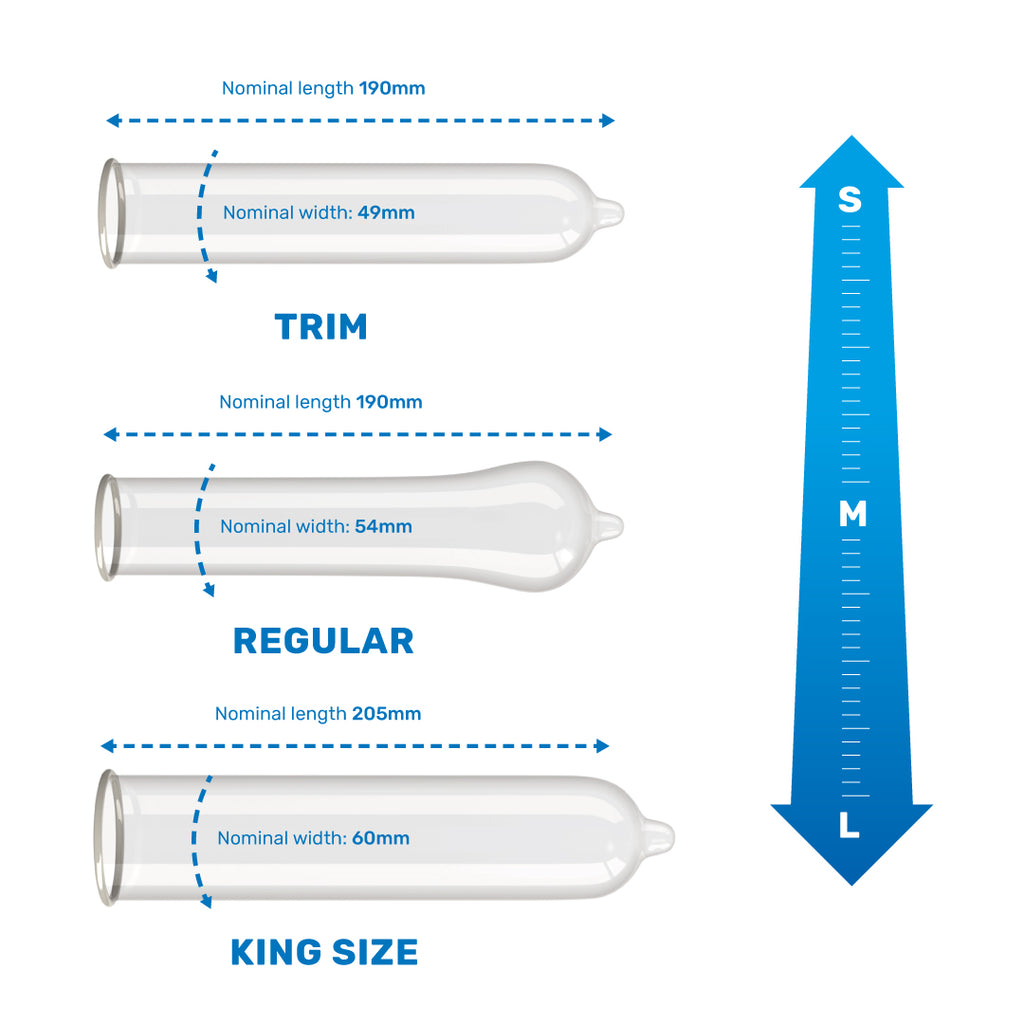
The Science Behind Sexual attraction: Why We’re Drawn To Certain People
Why are we sexually attracted to certain people? What makes us fall in love? Do we fall in love with people that are similar to us? Or how attractive we find them? or is it a combination of multiple influences. While it can often feel like a mystery, the science of attraction has revealed many reasons why we find certain people attractive - let’s explore a few of these reasons
Similarity
Similarity has been shown to be an important aspect of human attraction. There’s a phenomenon, known as the ‘similarity-attraction effect’ that explains one element of the science of attraction. It suggests that we are naturally drawn to people who have similar values, personality traits, interests and even life experiences as ourselves. Subconsciously, we’re wired to seek comfort and familiarity - so being around people who think and behave like us makes interactions feel easier and effortless and lead to a deeper emotional connection. One research study also found that we’re more attracted to those who are ‘better versions’ of ourselves - meaning they may possess traits that we admire but perhaps lack in ourselves.
Proximity
Another strong predictor of human attraction is proximity; how physically close we are to someone in our daily life. The more often we see and interact with someone, the more likely we are to develop feelings of attraction towards them. Through the science of attraction, this phenomenon is explained by the ‘mere exposure effect’ which suggests that repeated contact with a person increases our attraction to them, even if we weren’t initially drawn to them straight away. Being in close proximity to someone regularly increases their familiarity, which can create a sense of comfort and safety, leading to attraction.
Reciprocity
Reciprocity has also been shown to be an important aspect in human attraction - we’re naturally drawn to people who show interest in us. This stems from our need for validation and acceptance - when someone shows they admire or like us, our self-esteem gets a boost, making us more likely to reciprocate those feelings. Social psychology studies that have researched the science of attraction have shown that we are significantly more likely to develop crushes on someone if they smile at us, compliment us or show signs of interest. This might be because rejection can be painful, so we may naturally gravitate towards those who make us feel appreciated and cared for.
Familiarity
Research has shown that familiarity can be another powerful contribution in human attraction. We’re naturally hardwired to be drawn to people who remind us of past relationships, including family members or previous romantic partners. This can be a positive experience when those early experiences were loving and supportive as it can lead to unconsciously seeking out partners who display similar behaviours that might feel familiar and ‘normal’. However, it can also be a reason why some people find themselves in repeated cycles of unhealthy relationships - not because they consciously choose them, but because of the subconscious familiarity that brings a sense of comfort.
Attractiveness
Physical attractiveness also plays a part in initial attraction. Evolutionary psychology who have studied the science of attraction argues that we are wired to find certain physical traits attractive because they are associated with good health, fertility, and strong genetics. Previous research has shown that facial symmetry was once considered attractive because it was linked with good health and strong genetics, but recent research may not fully support that theory. However, other physical features, such as clear skin, bright eyes and a healthy body may subconsciously indicate good health. Research has also shown that body proportions are also an indicator for attractiveness. Men have been shown to prefer women with a waist-to-hip ratio of around 70% as it’s been linked to fertility and good reproductive health, while women have been shown to be attracted to broad shoulders and a lean waist - indicating strength and vitality. However, what is considered attractive can change across time, culture and personal preference - so it’s not the main denominator in sustaining a long-term relationship, but ideal for those wanting a short-term fling!
Remember; if you’re having a casual encounter - always make sure you wear a condom to protect against sexually transmitted infections, HIV and unintended pregnancy.
Therefore, science has shown that there are many factors that can influence why we find someone more attractive than others. Similarities in values, interests and personality traits, close proximity, how familiar they feel, whether they show signs of liking us and physical attractiveness all work together to subconsciously influence our levels of attraction to someone.





